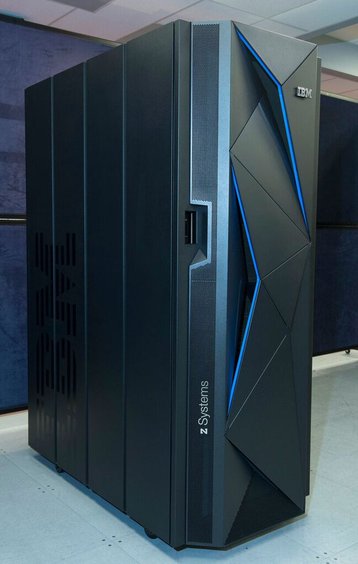Many enterprises that rely on IBM mainframes are not set up to enable large numbers of staff to access applications remotely. And, during the Covid-19 pandemic, they have struggled to find an effective way of doing this in order to keep locked down employees productive.
It is very normal for large organizations in sectors such as financial services and government to have hundreds or even thousands of employees accessing mainframe applications from their offices. Staff who work in customer-facing jobs often rely on enterprise applications running on the mainframe to perform business tasks such as processing insurance quotes or benefits claims, for example. Most of these enterprises would never have foreseen that they would suddenly need their employees to work from home for an extended period and access the mainframe remotely. They will have been caught out by the crisis.
On top of this, some mainframe shops have had to call on outside mainframe specialists, such as COBOL programmers, to address glitches during the lockdown. In these circumstances, it is important that the organization can find a quick way of getting these new technicians to remotely access the mainframe. The sooner they can do that, the quicker the disruption is curtailed.
That's not all
When it comes to external technical contractors there are additional concerns about how you provide access to the mainframe. If they are being brought in to help resolve specific mainframe problems, you don’t want to allow them to access your entire network – it raises the prospect of all sorts of security risks.
While the struggles delivering remote access to mainframe applications have been triggered by the pandemic, many HR experts are predicting that home working is likely to become a bigger part of the working culture even after lockdowns have been lifted. So, finding an effective working solution for employees that rely on the mainframe away from the office is likely to be essential for the longer term.
Most organizations will probably already have remote access facilities in place for key technical staff and developers who support the mainframe. But getting other business users set up so that they too have access from home can create a significant admin overhead and increase licensing costs.
When working in office locations, most users access the mainframe through a terminal emulator on their desktop PC or laptop. For remote working a different solution is required.
One option is to use tools such as Microsoft Remote Desktop Protocol (RDP) which lets employees remotely log in to Windows on their office desktop via the computer they use at home, and then from there access the mainframe through their existing terminal emulator. Alternatively, it’s possible to add employees’ home computers to the enterprise Virtual Private Network (VPN), so they can access the corporate network and the mainframe.
But both these approaches will increase the IT department’s administration workload and could incur additional software license costs. Plus, there is the worry that giving employees or outside contractors access using RDP or VPN opens up the entire network unnecessarily if people only need access to mainframe applications.
A simpler answer is to use session management software with a web interface as an instant way of web-enabling mainframe applications. This lets staff work with their mainframe applications remotely from any device with a web browser. It is more straightforward than other remote access methods because it avoids having to install any software on a user’s tablet, PC or other device as well as side-stepping any additional licensing and administration costs.
Session managers were first introduced around 30 years ago to streamline user access to mainframe applications and are still used by most mainframe shops today. Session managers aid productivity and improve user experience by providing a single point of entry to all of the applications a user is authorized to access. Users can switch between applications as required, without having to log in and out of each one individually.
Now the new generation of web-enabled session managers is modernizing mainframe access by delivering the same streamlined user experience within a web browser. Users can work with traditional 3270 applications directly, using mouse clicks and touch screen commands, which avoids the expense and administration overhead of deploying and supporting terminal emulators, and the security risk of opening up enterprise networks.
The chances are that the new normal after this pandemic will involve more people working from home regularly. If the mainframe is going to be part of that new normal then enterprises will have to find an effective, secure way of providing remote access which minimizes both costs and the admin burden on the IT team. Web-enablement through a session manager could be just what they need.





